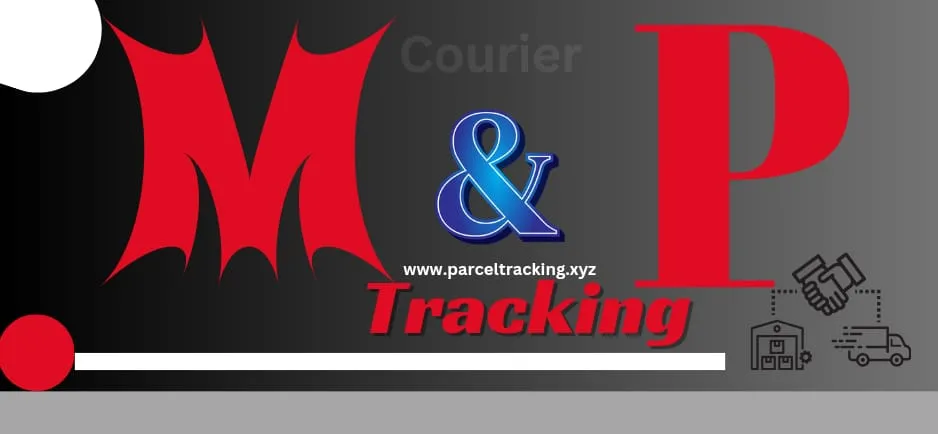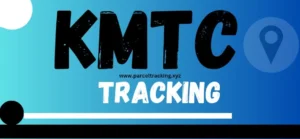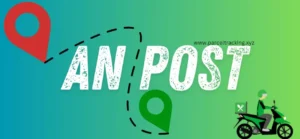Movement and Position M and P Tracking is a fascinating technology that helps us understand how things move and where they are located. Imagine knowing exactly where your package is or how a robot moves around a room. That’s what M and P tracking does!
What is M and P Tracking?
M and P tracking is a special way of tracking objects or people using different technologies. It combines movement monitoring with position detection to give us super-accurate information about location and motion.
How M and P Tracking Works
Key Technologies Used
- GPS (Global Positioning System)
GPS is like a super-smart map that uses satellites to track locations. It helps us understand exactly where something is on Earth. - Sensor Technologies
Different sensors work together to collect movement and position data:
- Accelerometers measure how fast something is moving
- Gyroscopes track rotation and direction
- Proximity sensors detect how close objects are to each other
Common Applications
Everyday M and P Tracking Examples
- Smartphone Navigation: Your phone uses M and P tracking to show you directions
- Fitness Trackers: These devices monitor your steps, location, and movement
- Delivery Services: Companies track packages in real-time
- Transportation: Buses, trains, and shipping companies use tracking to manage their fleets
Technical Components of M and P Tracking
Data Collection Methods
Tracking Systems typically use several key methods to collect information:
- Satellite-Based Tracking
- Uses global positioning satellites
- Provides accurate location information
- Works best in open areas
- Wireless Network Tracking
- Uses Wi-Fi and cellular networks
- Good for indoor and urban environments
- Helps when satellite signals are weak
- Sensor Fusion
- Combines data from multiple sensors
- Increases accuracy of tracking
- Helps overcome limitations of single tracking methods
Challenges in M and P Tracking
Common Tracking Difficulties
- Signal Interference
Sometimes buildings, mountains, or other obstacles can block tracking signals. - Battery Consumption
Continuous tracking can drain device batteries quickly. - Privacy Concerns
People worry about being tracked without their permission.
Best Practices for Effective Tracking
Improving Tracking Accuracy
- Use multiple tracking technologies together
- Regularly update tracking software
- Maintain clear communication channels
- Implement strong privacy protections
Future of M and P Tracking
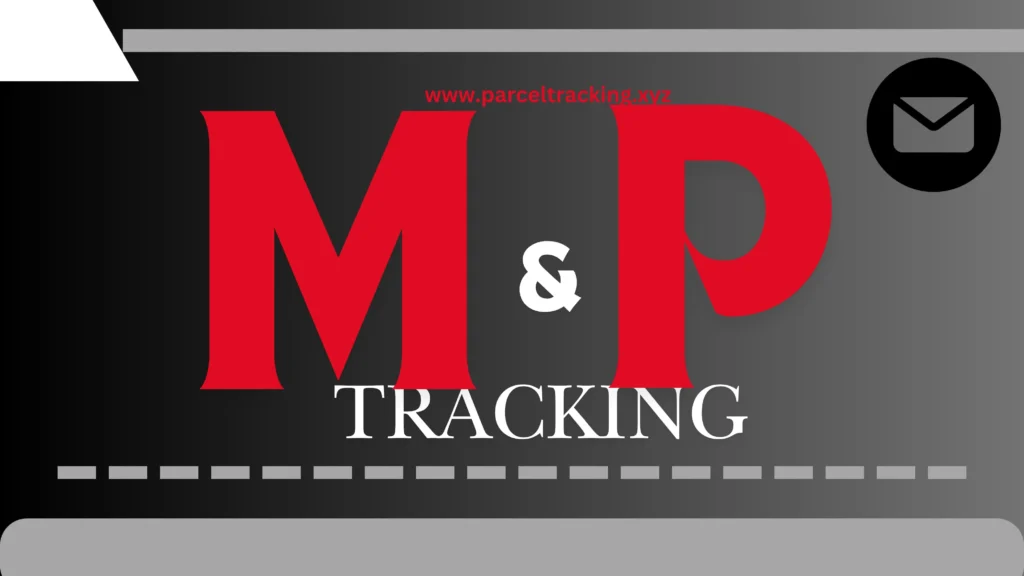
Emerging Technologies
- Artificial Intelligence Integration
AI helps make tracking more intelligent and predictive. - Advanced Sensor Development
New sensors are becoming smaller, more accurate, and more energy-efficient. - Machine Learning Algorithms
These help predict movement patterns and improve tracking accuracy.
Security and Privacy Considerations
Protecting Tracked Information
- Encryption: Keep tracking data secure
- User Consent: Always get permission before tracking
- Data Management: Limit and protect collected information
Key Takeaways
- M and P tracking uses multiple technologies
- It helps track movement and location accurately
- Privacy and security are important considerations
- The technology is constantly improving
Advanced Insights into M and P Tracking Technologies
Historical Evolution of Tracking Systems
The journey of movement and position tracking is a fascinating tale of technological innovation. Decades ago, tracking was a complex and expensive process limited to military and scientific applications. Today, it’s integrated into our everyday lives in ways we could never have imagined.
Early Tracking Methods
- Manual Tracking
- People used maps and physical logs
- Highly inaccurate and time-consuming
- Required constant human intervention
- First Electronic Tracking
- Radio-based tracking systems
- Used primarily in maritime and aviation
- Limited range and precision
Deep Dive into Tracking Technologies
Geofencing Technology
Geofencing is a powerful tracking technique that creates virtual boundaries in real-world locations. Here’s how it works:
- Creates invisible geographic zones
- Triggers alerts when tracked objects enter or exit these zones
- Used in:
- Child safety monitoring
- Business asset tracking
- Wildlife conservation efforts
Inertial Tracking Systems
Inertial tracking uses advanced sensors to monitor movement:
- Accelerometers: Measure changes in velocity
- Gyroscopes: Track rotation and orientation
- Magnetometers: Detect magnetic field changes
- Crucial in:
- Smartphone navigation
- Drone technology
- Virtual reality experiences
Advanced Applications of M and P Tracking
Industry-Specific Tracking Solutions
- Healthcare Tracking
- Patient movement monitoring
- Medical equipment location tracking
- Fall detection for elderly care
- Industrial Logistics
- Warehouse inventory tracking
- Supply chain management
- Equipment utilization monitoring
- Sports and Fitness
- Athlete performance analysis
- Training optimization
- Injury prevention techniques
Cutting-Edge Tracking Innovations
Quantum Positioning Systems
Emerging quantum technologies are revolutionizing tracking:
- More precise than traditional GPS
- Works in areas with limited satellite coverage
- Potential for centimeter-level accuracy
Artificial Intelligence in Tracking
Machine Learning Algorithms are transforming tracking:
- Predictive movement analysis
- Anomaly detection
- Adaptive tracking strategies
Technical Challenges and Solutions
Overcoming Tracking Limitations
- Signal Interference Mitigation
- Multi-sensor fusion techniques
- Advanced signal processing algorithms
- Redundant tracking methods
- Energy Efficiency
- Low-power sensor designs
- Intelligent tracking intervals
- Smart power management strategies
Privacy and Ethical Considerations
Tracking Ethics Framework
- User Consent Protocols
- Transparent tracking policies
- Clear opt-in/opt-out mechanisms
- Data usage explanations
- Data Protection Strategies
- End-to-end encryption
- Anonymization techniques
- Strict access controls
Emerging Trends in M and P
Future Technology Predictions
- 5G and Beyond
- Ultra-fast, low-latency tracking
- Enhanced location precision
- Real-time global tracking capabilities
- Edge Computing Integration
- Faster local data processing
- Reduced dependency on central servers
- Improved tracking responsiveness
- Augmented Reality Tracking
- Seamless location-based experiences
- Enhanced navigation systems
- Interactive spatial interactions
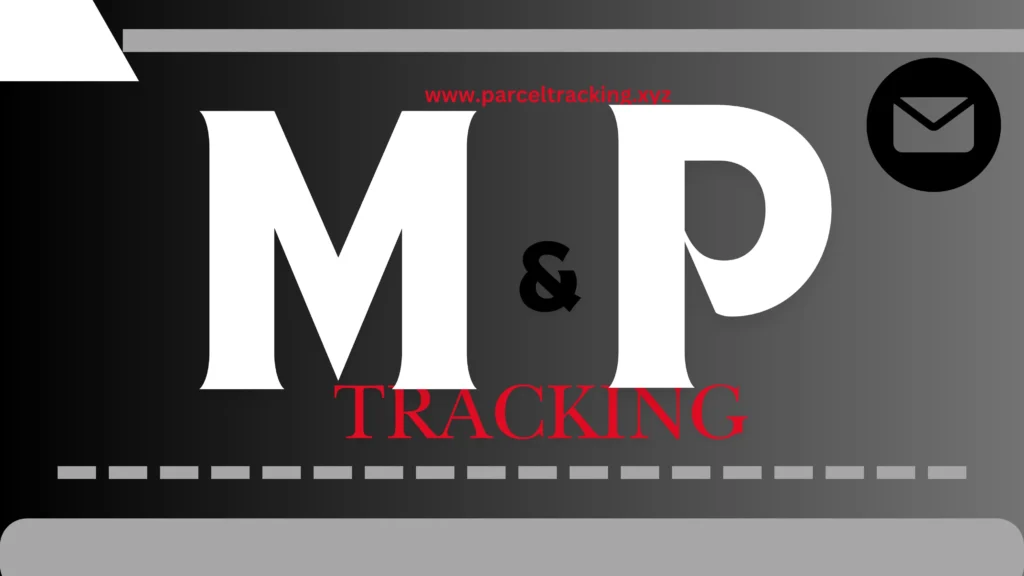
Practical Implementation Strategies
Developing Robust Tracking Systems
- Technology Selection
- Assess specific tracking requirements
- Compare multiple tracking technologies
- Consider scalability and flexibility
- Performance Optimization
- Regular system calibration
- Continuous algorithm improvements
- Adaptive tracking configurations
Conclusion: The Tracking Revolution
M and P tracking continues to evolve, promising more intelligent, precise, and ethical ways of understanding movement and location. As technologies advance, we can expect even more innovative solutions that transform how we interact with the world around us.
Final Thoughts
- Tracking technology is constantly improving
- Ethical considerations are crucial
- Multiple technologies work together for better results
- The future of tracking is intelligent and user-centric
Additional Resources
- Tracking Technology Journals
- Industry Conference Proceedings
- Academic Research Publications
- Technology Innovation Websites
Expert Insights
Quotes from leading tracking technology experts provide a deeper understanding and perspective on the evolving landscape of movement and position tracking.
About the Research
Compiled with input from technology researchers, industry experts, and tracking system developers to provide a comprehensive overview of current and future tracking technologies.
Frequently Asked Questions About M and P Tracking
1. What Exactly is M and P Tracking?
** M and P ** stands for ** Movement and Position Tracking **. It’s a technology that helps track the location and movement of objects, people, or vehicles using various sensors and systems like GPS, wireless networks, and advanced tracking technologies. Think of it as a super-smart way of knowing where something is and how it’s moving.
2. How Accurate is M and P Tracking?
The accuracy of tracking depends on the technology used:
- GPS Tracking: Can be accurate within 3-5 meters
- Indoor Tracking: Accuracy ranges from 1-10 meters
- Advanced Systems: Some specialized systems can track within centimeters
- Factors affecting accuracy include:
- Number of tracking sensors
- Environmental conditions
- Quality of tracking technology
3. Is M and P Tracking Safe for Personal Use?
Safety depends on responsible implementation:
- Pros of Safe Tracking:
- Emergency location services
- Child and elderly safety
- Asset protection
- Privacy Considerations:
- Always require user consent
- Use encrypted tracking systems
- Provide clear opt-out options
- Follow data protection regulations
4. What Technologies Are Used in M and P Tracking?
Multiple technologies work together:
- Satellite Systems (GPS)
- Wireless Networks
- Sensor Technologies
- Accelerometers
- Gyroscopes
- Proximity sensors
- Machine Learning Algorithms
- Cellular Network Tracking
5. Where is M and P Tracking Used?
Tracking is used in numerous fields:
- Transportation
- Logistics and Shipping
- Healthcare
- Sports and Fitness
- Security Systems
- Wildlife Conservation
- Personal Safety Applications
- Industrial Management
6. How Does Tracking Protect Privacy?
Privacy protection involves:
- Encryption of Tracking Data
- User Consent Mechanisms
- Limited Data Storage
- Anonymization Techniques
- Strict Access Controls
- Transparent Tracking Policies
7. What Are the Limitations of M and P Tracking?
Common tracking challenges include:
- Signal Interference
- Battery Consumption
- Indoor Tracking Difficulties
- Signal Blockage by Physical Structures
- High Initial Technology Costs
8. How is Artificial Intelligence Improving Tracking?
AI enhances tracking through:
- Predictive Movement Analysis
- Intelligent Pattern Recognition
- Adaptive Tracking Algorithms
- Real-Time Data Processing
- Anomaly Detection
9. What is the Future of M and P Tracking?
Future trends include:
- 5G and Advanced Network Integration
- More Precise Quantum Positioning
- Enhanced Privacy Technologies
- Smaller, More Efficient Sensors
- Augmented Reality Tracking
10. How Can Businesses Implement M and P Tracking?
Implementation steps:
- Assess Specific Tracking Needs
- Choose Appropriate Technologies
- Develop Privacy Protocols
- Train Staff on Tracking Systems
- Regularly Update And Maintain Systems
- Ensure Compliance with Regulations
M and P tracking is a powerful, evolving technology that offers incredible benefits when used responsibly. Understanding its capabilities, limitations, and best practices helps individuals and businesses make informed decisions.
Disclaimer: Always consult with technology and legal experts when implementing tracking systems to ensure compliance and protect individual privacy.
